Frederica Freyberg:
Since the high court overturned the safer-at-home plan, the state Legislature has not been in session to put its own rules in place in response to the pandemic and the Republican majority is suing to overturn the governor’s statewide mask mandate. A joint Legislative Rules Committee will meet Monday to possibly try to overturn the mass gathering order. All of this as Wisconsin is in the grips of an explosive surge in COVID-19 cases and the state will open a 530 bed field hospital at State Fair Park. The alternative care facility opens Wednesday as overflow for hospitals across the state.
Our next guest says unfortunately more people are going to have to die before policymakers accept we need laws to improve the health and safety of our state. Dr. Patrick Remington is professor emeritus at the Department of Population Health Sciences at UW-Madison. He joins us now and thanks very much for being here.
Patrick Remington:
Good to be here, thanks.
Frederica Freyberg:
How shocking to you are the numbers of positive cases Wisconsin is now seeing topping 3,000 day over day?
Patrick Remington:
Well, when I looked at models in the early part of the year in April and May, people were not predicting such a high number of deaths but over the summer as businesses opened up and people resumed what might be considered normal activities, but are now known as high-risk activities, models began to predict this. So really people who study COVID-19 and its transmission saw this coming and I don’t think they saw that Wisconsin would be one of the top states for the incidences but they certainly saw that there’d be continued community transmission and increasing numbers of deaths.
Frederica Freyberg:
The Secretary-designee of the Department of Health Services says she believes it will get worse before it gets better. Is that your supposition as well?
Patrick Remington:
Yeah. There is evidence that the transmission that we’re seeing is sustained. It is getting colder. People are moving indoors to places in Wisconsin that are quite popular for gathering indoors. Places like taverns and bars. And those places are really high risk. They have often poor ventilation with people in close cramped quarters and also speaking loudly and doing things that we know increase the risk of transmission. So I don’t think we’ve seen the worst of it as evidenced over the weekend. The greatest number of cases reported and our new average number of deaths is the highest it’s ever been.
Frederica Freyberg:
How fearful should we be about this?
Patrick Remington:
Well, I think two answers. One is individually I think you can control your own risk. Certainly if you are able to stay at home for most of the time, then you are — you have made a safe decision and you have eliminated the risk of becoming infected. But many of us can’t do that, especially essential workers and so I think safe practices, being outdoors as much as possible. When you’re indoors or can’t keep six feet of distance between you and others, wearing a mask. Not just to protect yourself but more importantly to protect others in case you’re sick and don’t know it. Many people — most people, in fact, transmit the virus before they have symptoms and many people don’t have symptoms at all. So the key part of the mask is protecting others in case you’re sick and don’t know it.
Frederica Freyberg:
In a perfect public health world, what should Wisconsin be doing to control this uncontrollable spread of COVID-19 right now?
Patrick Remington:
Well, I think universal mask use has been demonstrated in research studies and looking around the world as being able to cut in half the number of infections that we’re predicted to see. So I think the first thing is just accept this as the new social norm. I hope it won’t last forever but it is going to last for months and maybe years. So we have to just become accustomed to wearing masks when indoors, certainly. I even see people more and more wearing masks outdoors although that might not be necessary if you are more than six feet away and outdoors. I think it’s part of — becoming normative. Becoming the normal thing to do. So that alone can reduce the risk of transmission.
Frederica Freyberg:
What is your message to policymakers?
Patrick Remington:
Well first of all, look to the science. I think there’s good research happening. Don’t doubt when science evolves and we learn more things. People are doubting masks because at one time in February and March, the general assessment was that masks weren’t very effective. But we’ve learned more since. I think informed policy by the best available research, listen to your scientists and epidemiologists. The Department of Health Services has amazing staff both at the state and at our local public health department level. Listen to the experts and then respond with a policy that is evidence-based.
Frederica Freyberg:
What is your reaction to the super spreader events in Washington even as Wisconsin faces its own uncontrolled spread?
Patrick Remington:
Well, there is an Atlantic Monthly article that talks about 80/20. The idea that 80% of the infections are spread by 20% of the people. And we know that certain people are more likely to spread the disease and we know there are high-risk environments. Indoor environments that are poorly ventilated where people are crowding close together, maybe speaking loudly, like a bar or a tavern. We really need to avoid those settings. Those become super spreader events and I think we’re having those in Wisconsin. If you look at the northeast part of the state, you can see some of the highest rates of infection in the country. We just need to be smart about avoiding those settings and individually engaging in safe practices.
Frederica Freyberg:
Where do the politics of this pandemic leave the average citizen?
Patrick Remington:
I think politics generally, the Republicans and conservatives like small government and Democrats and liberals are in favor of government regulations. I think this is a place, where in public health, we understand that we do need some rules. We banned smoking indoors in restaurants and bars now almost a decade ago and that now seems very reasonable. It’s a government law. It did infringe on individual’s rights to smoke in indoor environments but now it seems very reasonable. We can’t even imagine, I think, a time when people smoked freely in bars and restaurants. I think the same applies to going indoors without a mask. It is almost like smoking indoors. By not wearing a mask indoors, you’re increasing the risk to others. So I think rules that follow that model of clean indoor air are very reasonable and shouldn’t be a partisan issue.
Frederica Freyberg:
We need to leave it there. Dr. Pat Remington, thanks very much.
Patrick Remington:
Thanks for having me.
Search Episodes

Donate to sign up. Activate and sign in to Passport. It's that easy to help PBS Wisconsin serve your community through media that educates, inspires, and entertains.
Make your membership gift today
Only for new users: Activate Passport using your code or email address
Already a member?
Look up my account
Need some help? Go to FAQ or visit PBS Passport Help
Need help accessing PBS Wisconsin anywhere?

Online Access | Platform & Device Access | Cable or Satellite Access | Over-The-Air Access
Visit Access Guide
Need help accessing PBS Wisconsin anywhere?

Visit Our
Live TV Access Guide
Online AccessPlatform & Device Access
Cable or Satellite Access
Over-The-Air Access
Visit Access Guide
 Passport
Passport





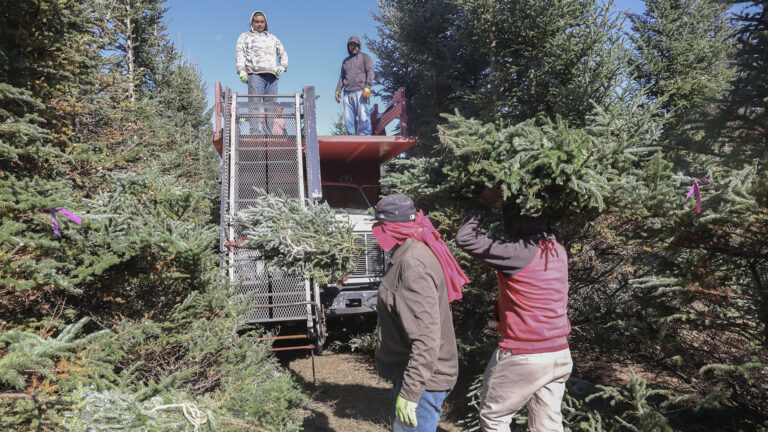
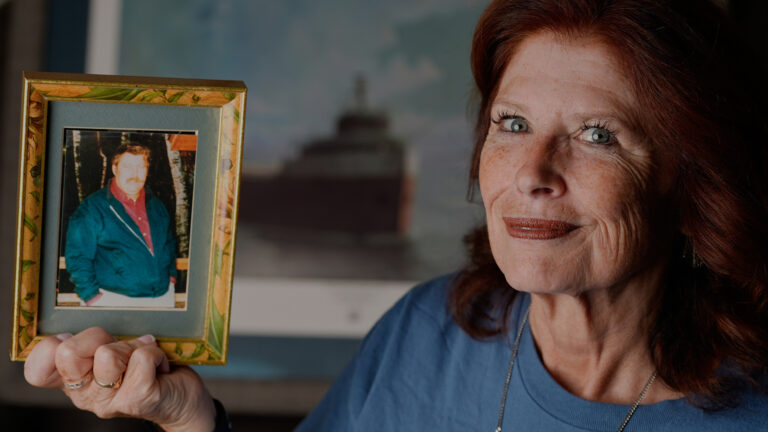
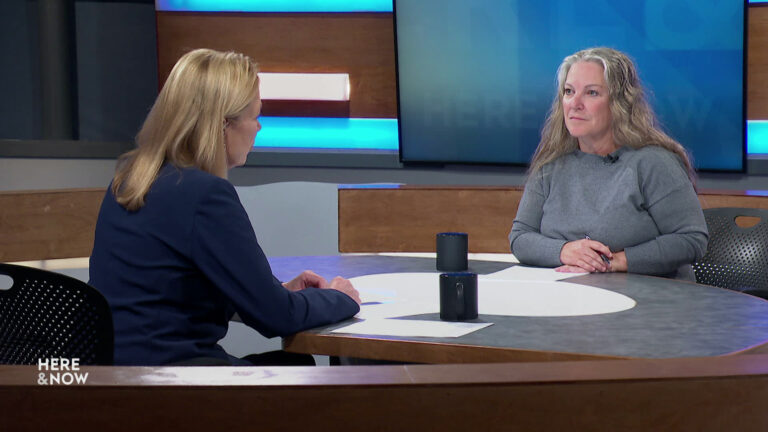
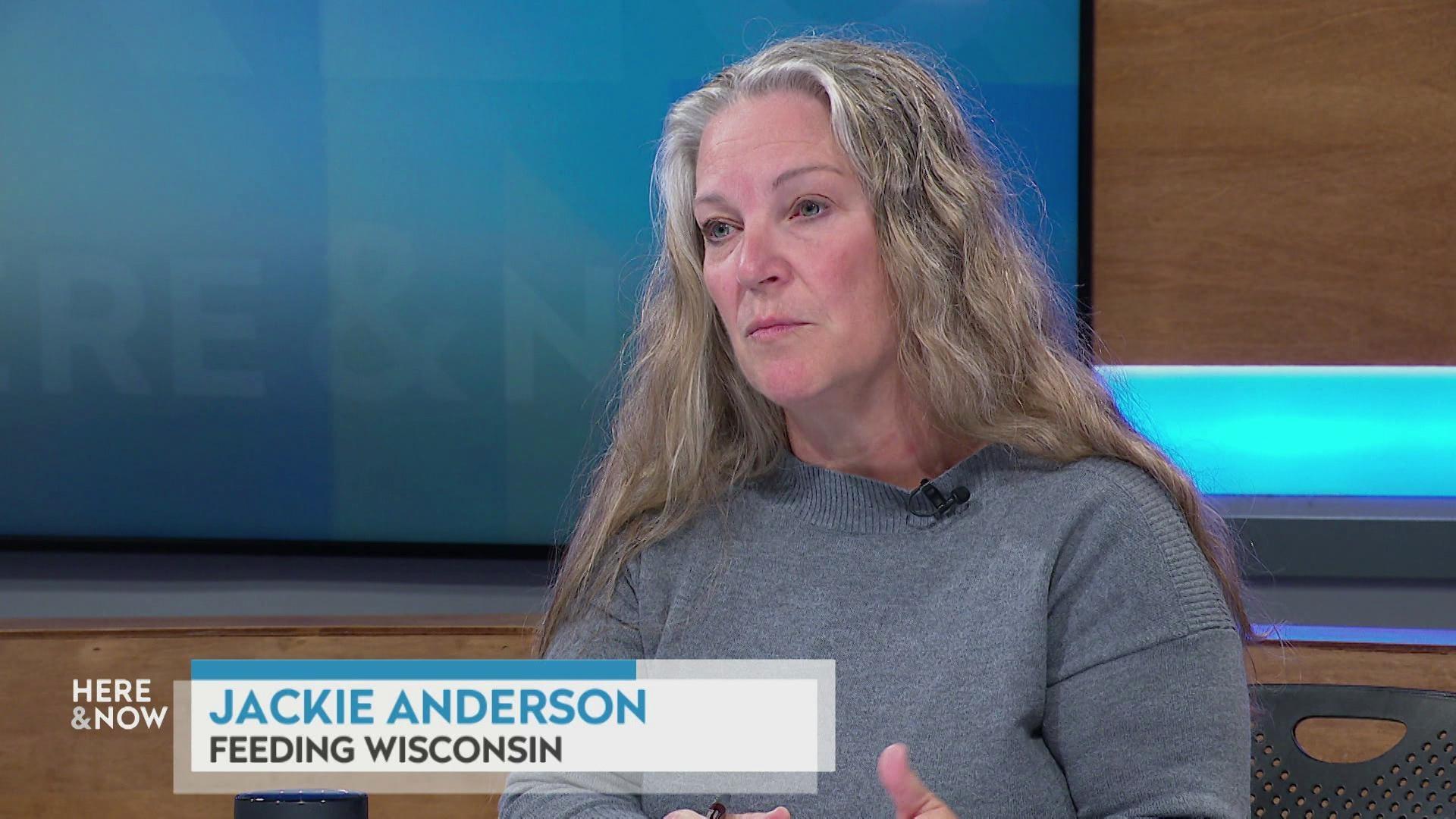
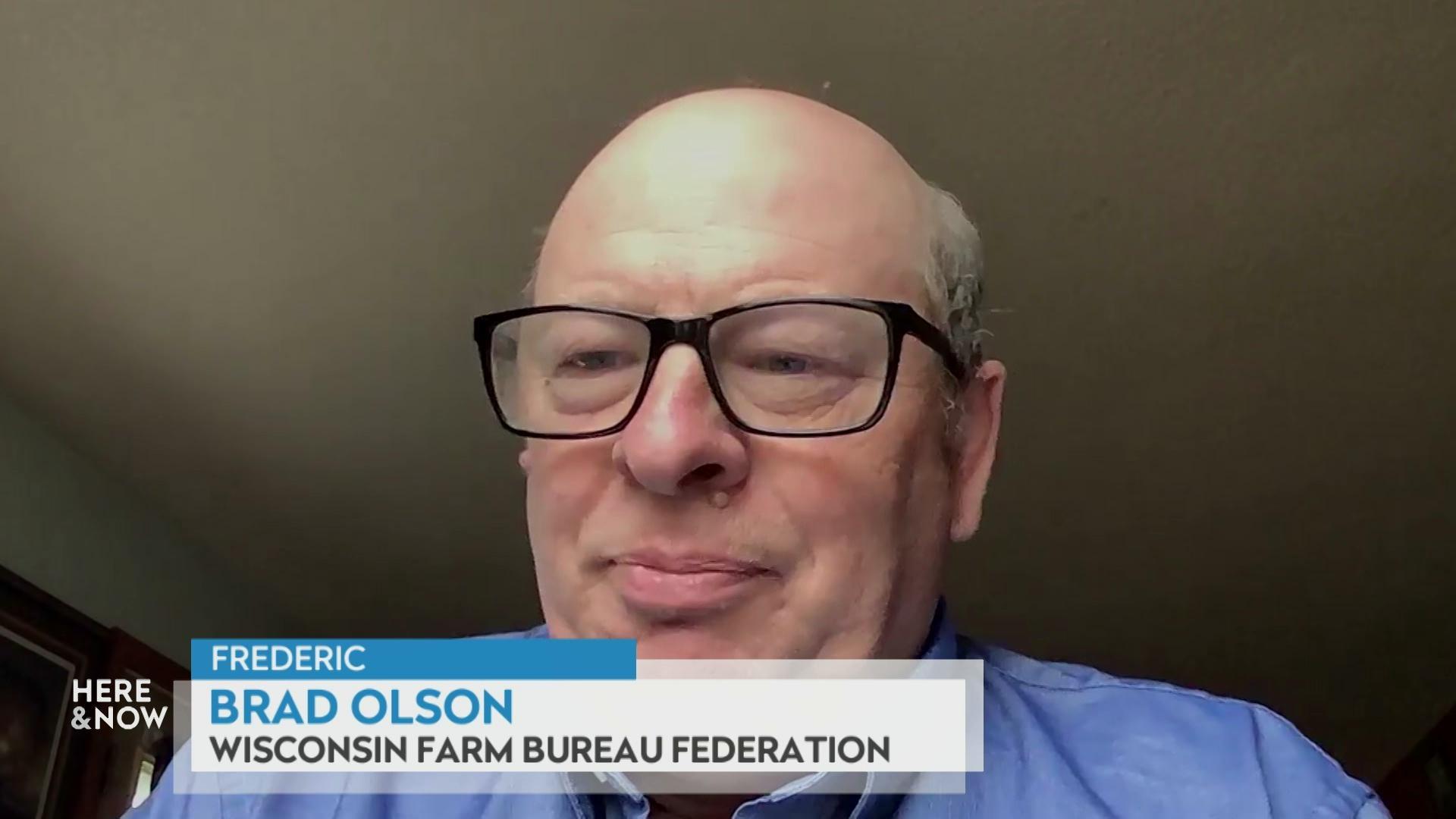
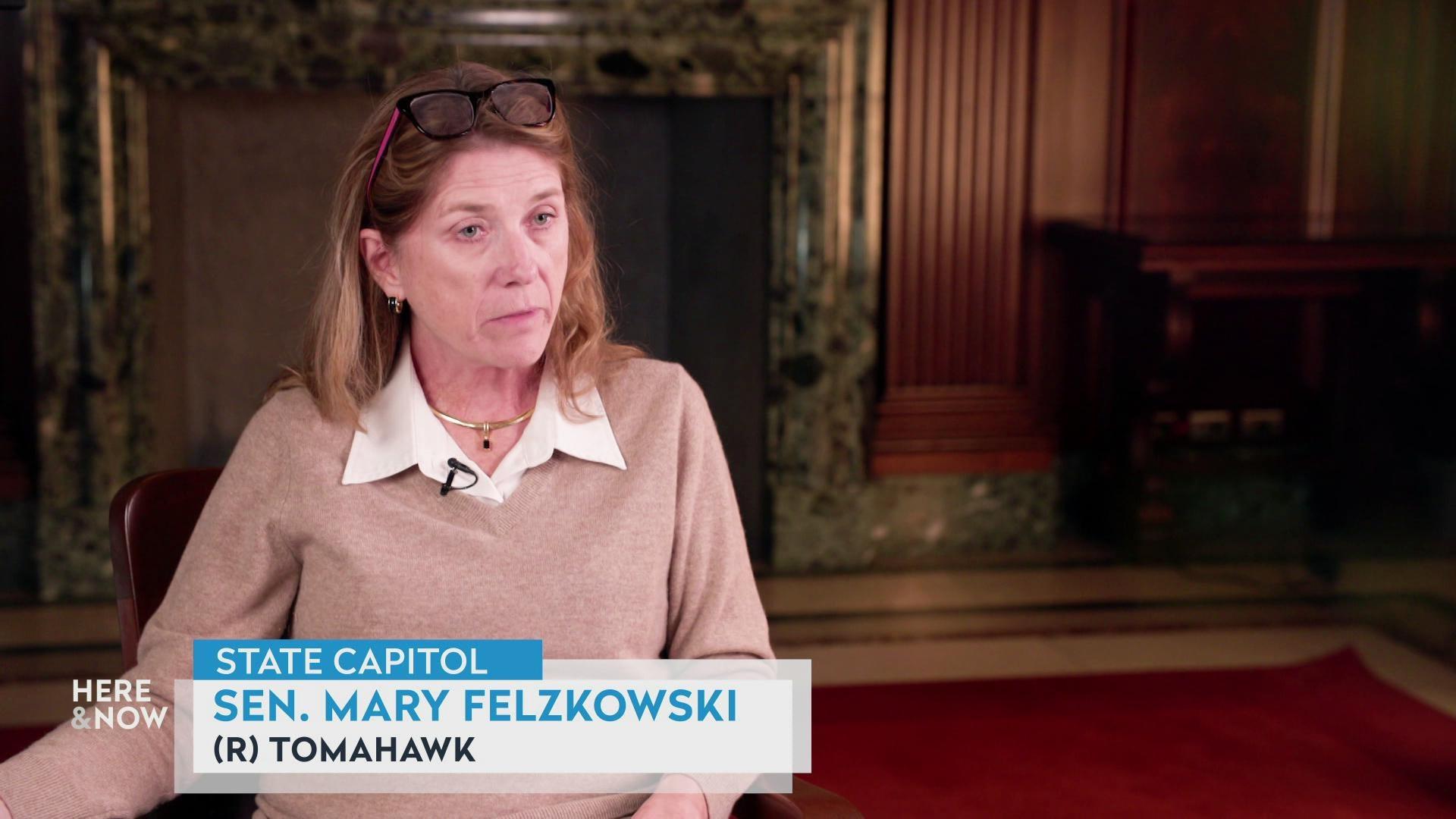
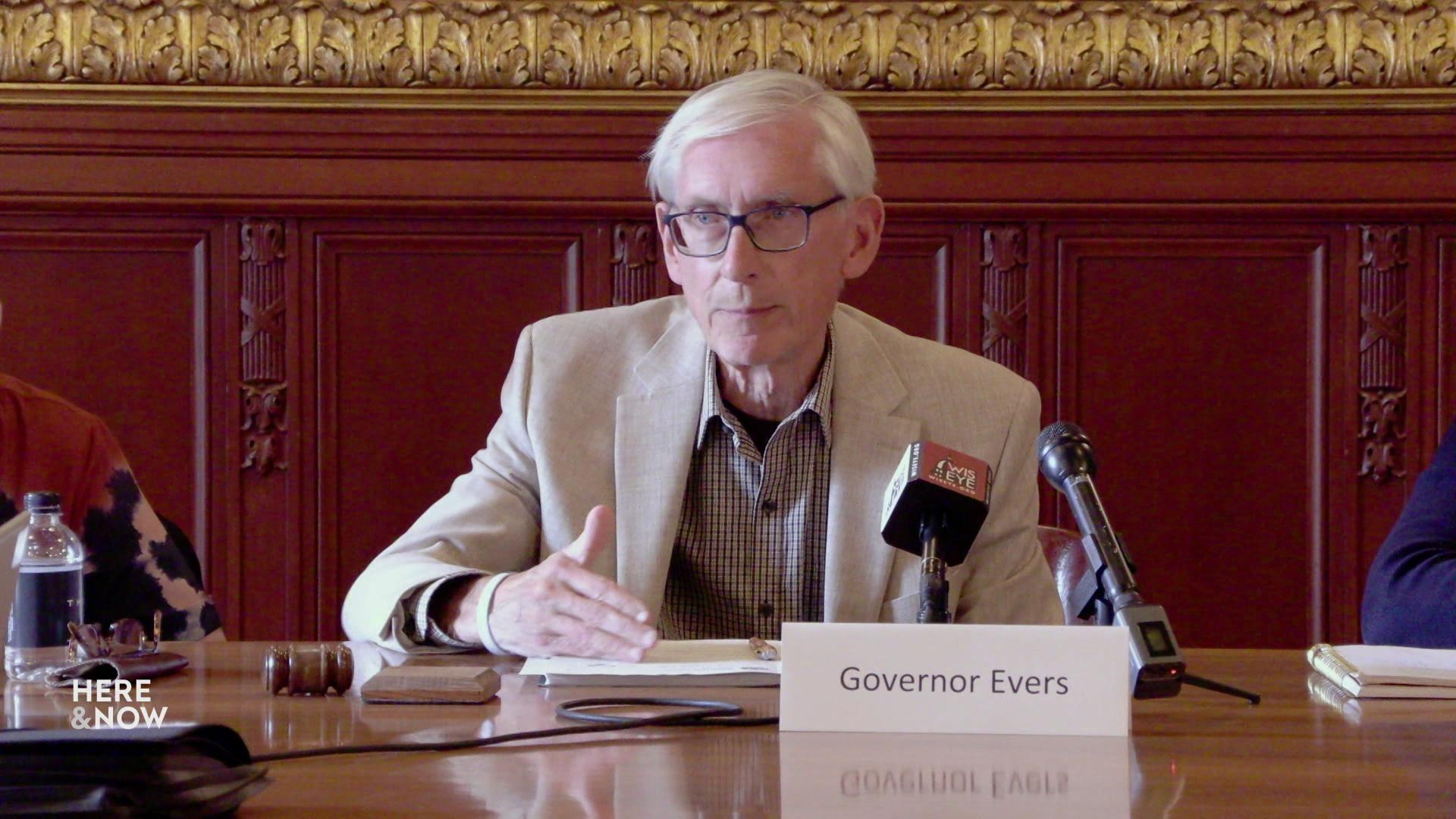
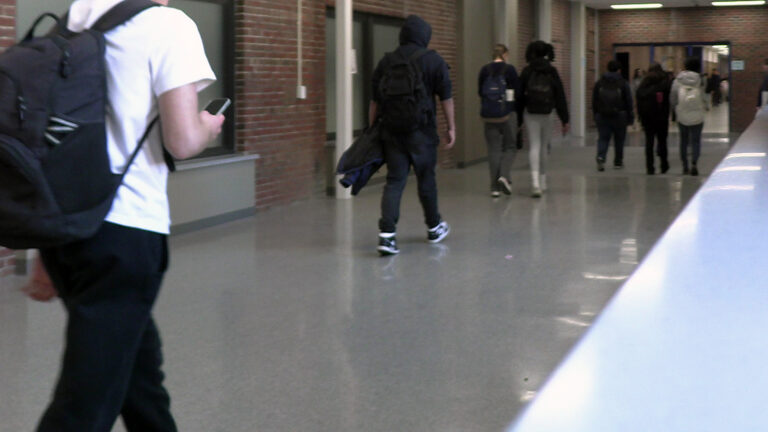

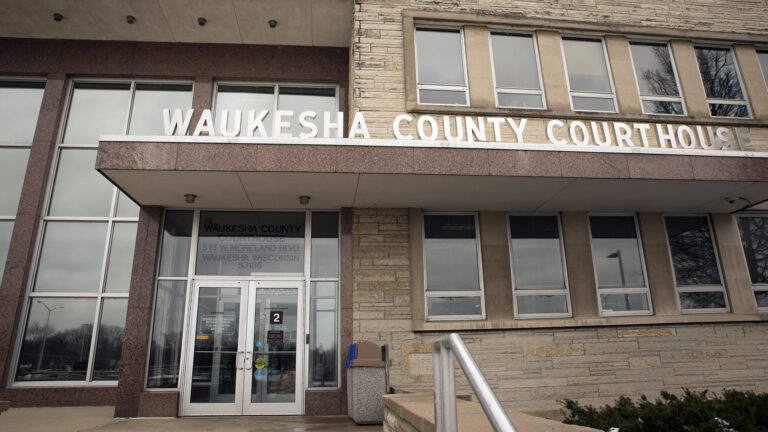
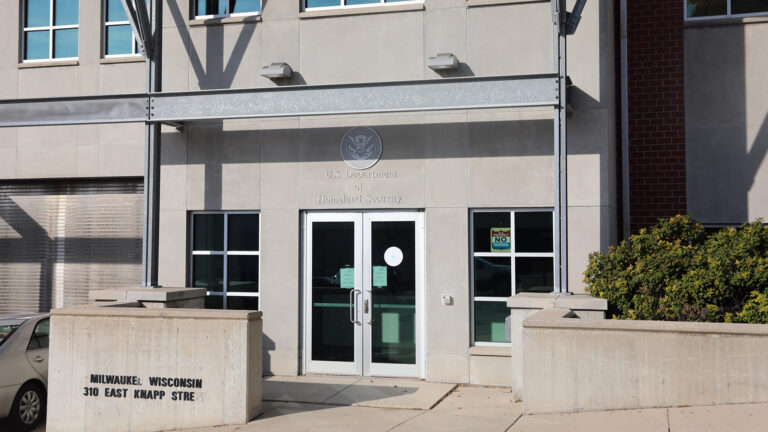


Follow Us